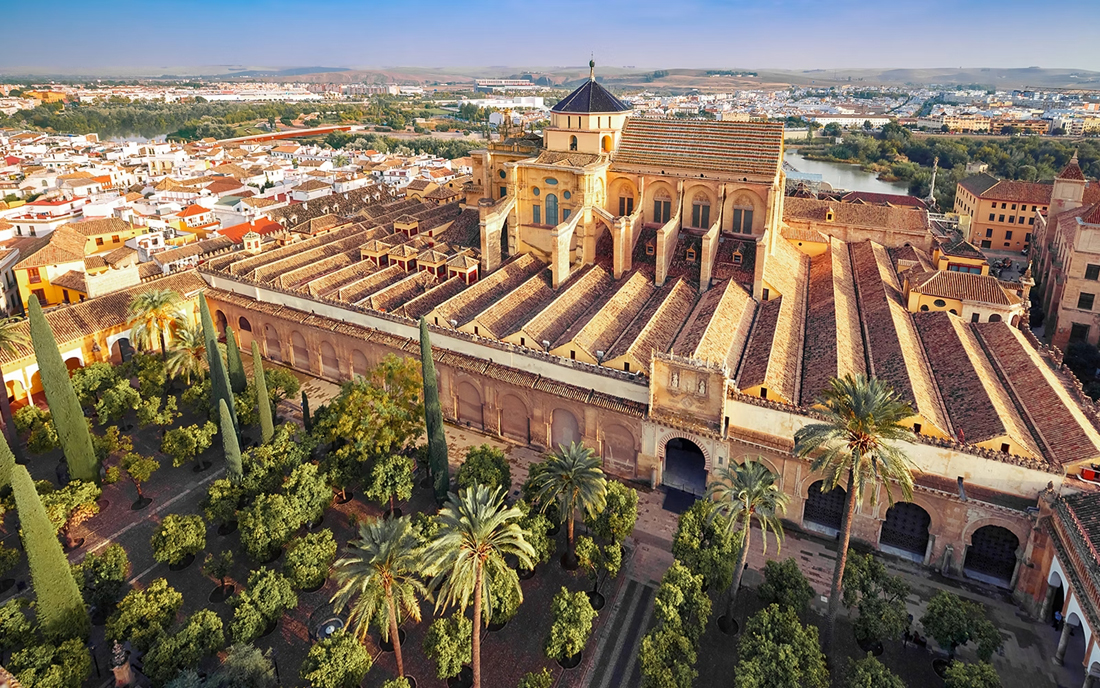
Mosque-Cathedral of Córdoba
*
Español
January 26, 2025
by Eva Neisser Echenberg
In the first half of the 10th century, Córdoba was a large city, an administrative, commercial and cultural center, as well as the capital of a part of the Muslim empire, the Caliphate of Córdoba. For 300 years the Umayyads ruled over that vast territory independent of the authority of Baghdad.
Within this Iberian Peninsula Muslim world, travelers came and went. Their route followed the northern coast of Africa until finally crossing the Mediterranean at the place we call Gibraltar. In general, we can say that the Umayyad era is characterized by its prosperity, its religious tolerance, its relative stability and above all by its intense cultural and scientific life. Muslims, who made up 75% of the population, tolerated anyone who was "of the Book" (the Bible). They allowed Catholics and Jews to practice their religions on condition of paying heavy taxes.
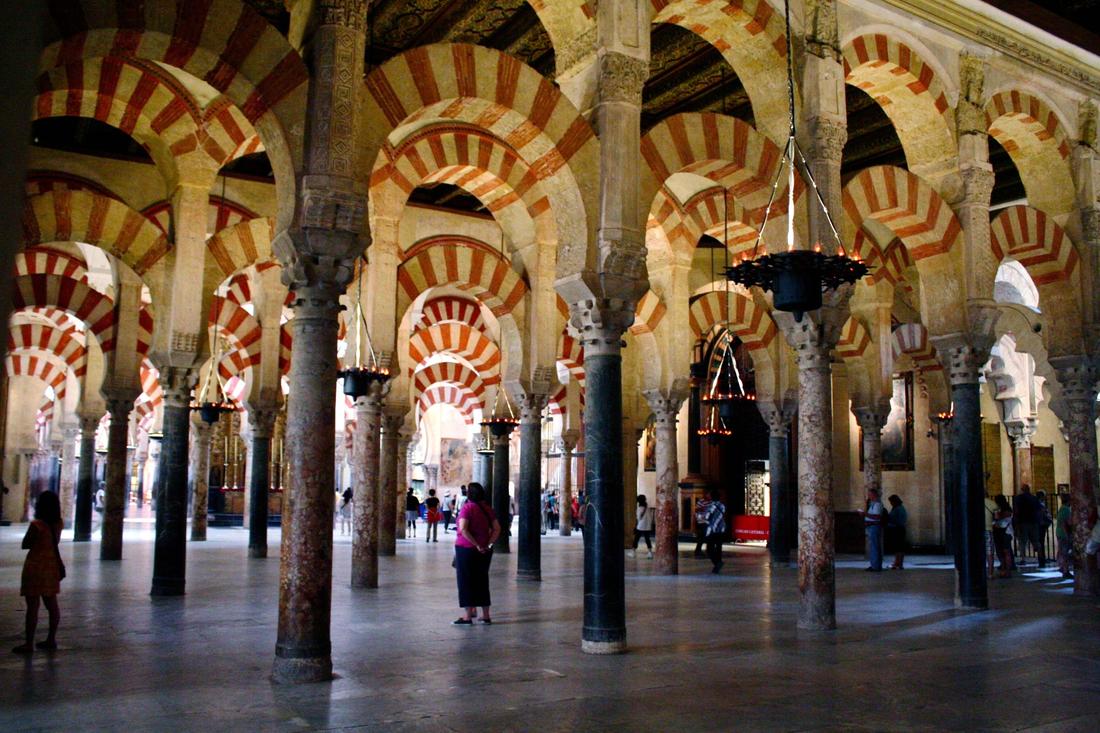
The time of the Umayyads was not idyllic, but there were significant positive aspects. It was a moment of mercantile and cultural flowering. Products from all over the world were bought and sold. Merchants brought silks from China and India while others sold slaves. There were black slaves from the south and northern blondes with blue eyes. According to hearsay, some slaves were experts in both the arts of love and literature. It was a city where many languages were spoken: Arabic, Hebrew, Latin, as well as popular Arabic and a variety of Romance languages
In the ninth century a university was founded that achieved great renown and a century later Córdoba had one of the largest libraries in the world. Because of the libraries, book merchants arrived from Greece, Egypt, and Byzantium, and Córdobans paid high prices for new volumes.
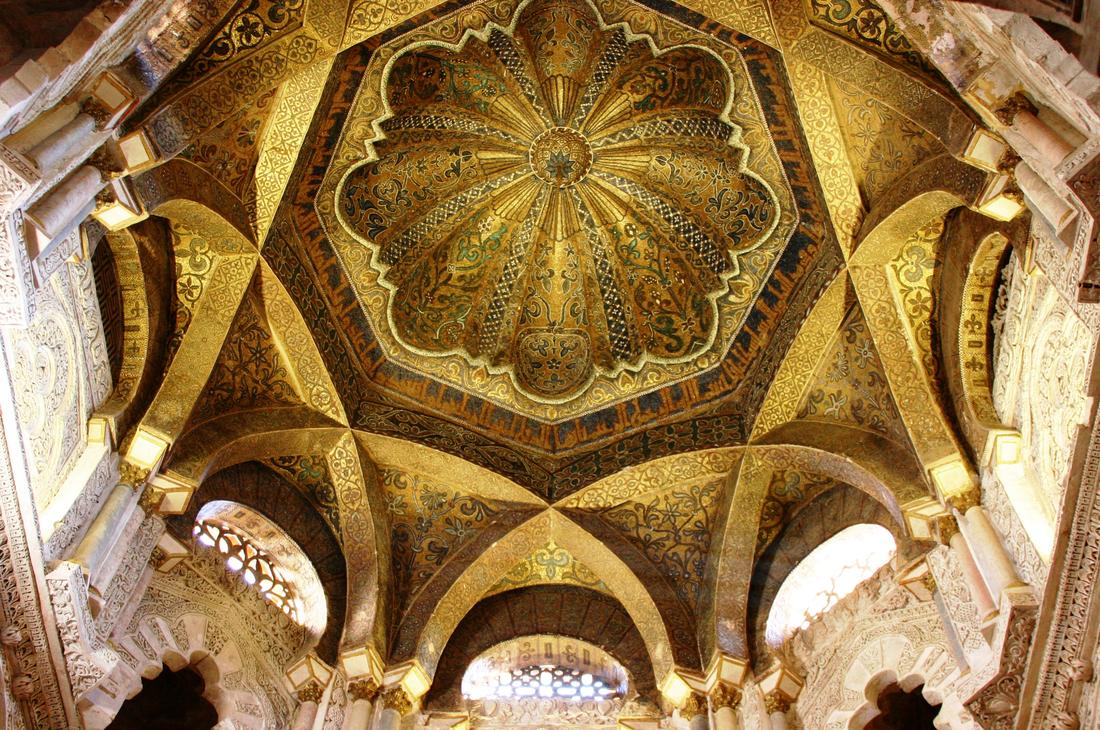
Translations from and into Arabic abounded. Scholars from all over the world came to teach their disciplines: lexicography, grammar, poetry and medicine. Famous translators arrived, such as the Greek Nicholas, who came to direct the translation of a book from Greek to Arabic. He brought an assistant, another translator, the Jew Apollodorus of Thessaloniki.
An example of travelers who came and never left is the musician and poet Ziryab, a man of great culture who had a beautiful voice which brightened parties. He brought chess to Córdoba from India. He also taught several superstitions, including the fear of the number 13. Apart from triskaidekaphobia, his most enduring legacy is something we all learn: the order of meals, starting with soup and ending with dessert.
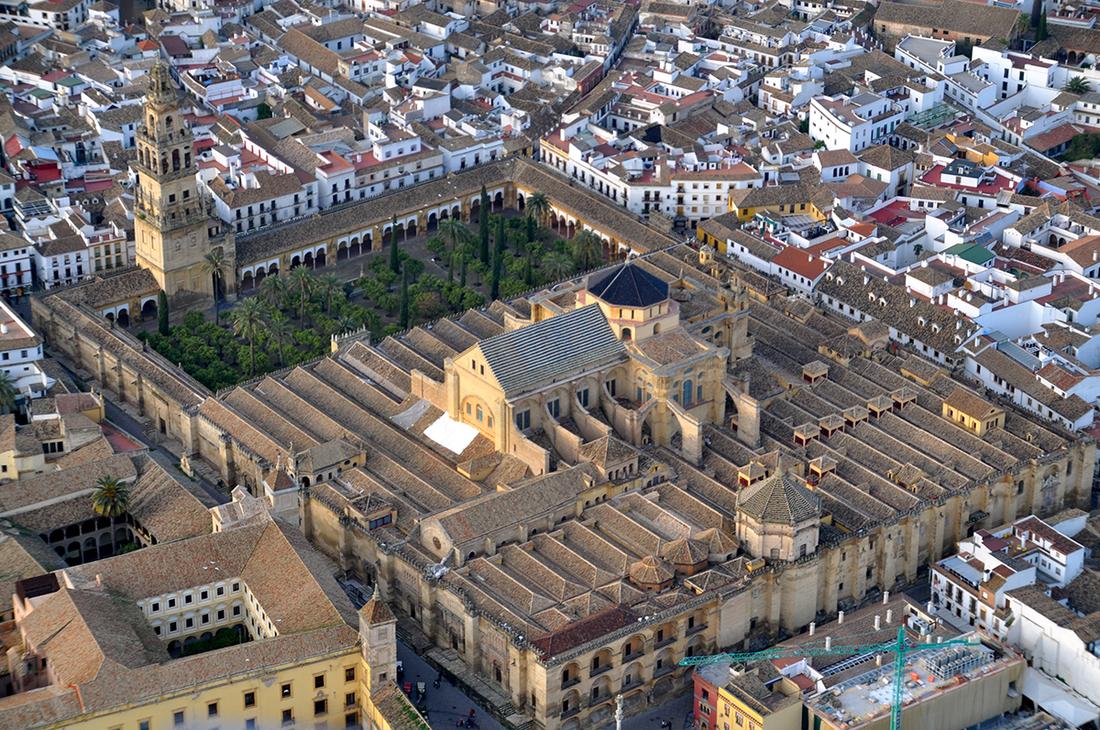
Three fields have endured to our days: philosophy, literature and architecture. Despite the end of the period of freedom and understanding, the intense cultural life continued and Córdoba saw the birth of two of its greatest thinkers, Averroes and Maimonides. Averroes, Ibn Rushd in Arabic (1126-1198), was a philosopher, jurist, physician and astronomer who had great influence on Muslim jurisprudence. He was the author of over 100 books and is known in the Western World because of his commentaries on Aristotle.
Maimonides, known as the Rambam, was born in Córdoba and died in Cairo in 1204. He remains an important Jewish scholar, bridging the Jewish, Muslim and Greek worlds. He was a philosopher, astronomer and Saladin's personal physician as well as a well-known Torah commentator. Expelled from the then Almoravid Empire, he lived first in Morocco and then in Cairo.
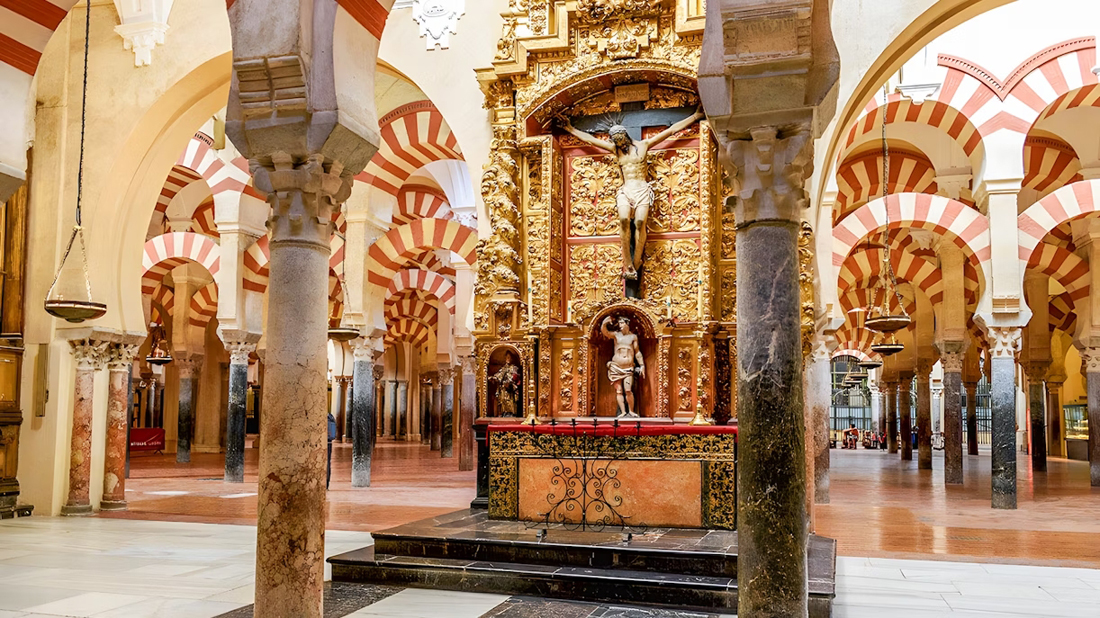
Two poets from that period are still read today: in Arabic, Ibn Zaydun and in Hebrew, Yehuda Halevi. There is no literature in Spanish from that era because that language was still being formed.
Many SMA residents and visitors have visited the Córdoba Mosque, one of the most beautiful in the world. Today, like a thousand years ago, you walk through the patio filled with orange trees to enter its doors. Inside there is a forest of columns (originally 1,293), with its famous double arches in red and white. The mosque was built by unknown architects in four stages between the 9th and 11th centuries. Perhaps one of the architects had seen the double arches of the Roman aqueducts of Segovia and Mérida. We will never know. The only fact we know for certain is that the art of mosaic was taught by a Greek from Constantinople.
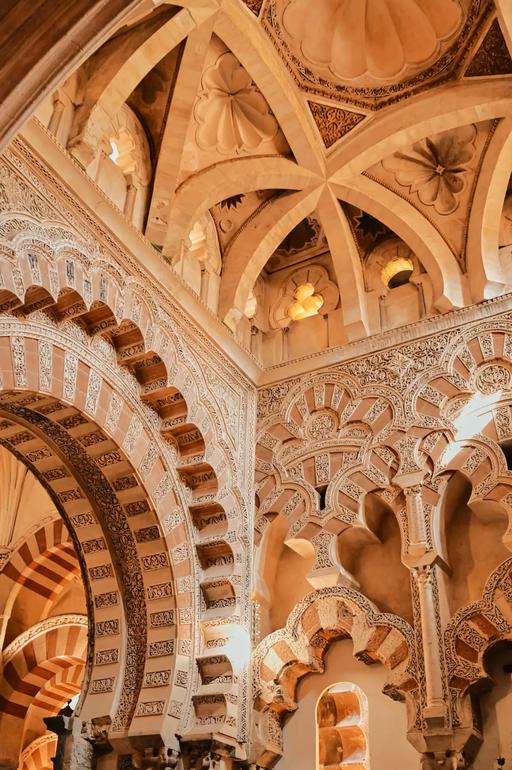
Two centuries later, in the year 1236, the Christians took Córdoba, and, as part of the victory of Catholicism over Islam, changed the mosque into a cathedral. Only several centuries later, in the 16th century, were the central columns of the mosque demolished to emphasize that it was now a cathedral. Emperor Charles V, who gave permission for the reconstruction, saw it when it was completed. According to legend, he exclaimed "What have you done! You have undone what was unique in the world."
When the Umayyads fell, the Christians burned books written in Arabic and the Inquisition finished the task by burning the libraries.
Not everything was lost. Today we can visit the mosque, walk through the narrow streets of the Jewish Quarter, cross the Guadalquivir River on the Roman bridge and remember Córdoba's glorious past.
**************
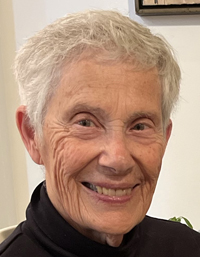
Eva Neisser Echenberg is a Canadian teacher, writer, and presenter who spends winters in SMA. Born in Lima, she has spent her adult life in Montreal. She has written a memoir, Walter's Welcome, the Intimate Story of a German-Jewish Family' s Flight from the Nazis to Peru. In SMA, she volunteers at the folk-art museum, La Esquina, where she also gives weekly guided tours of this outstanding gallery.
Eva writes cultural resources for the Spanish language classrooms. All her Lokkal texts, in their original Spanish version with exercises to further Spanish language acquisition, are available online. Eva is a firm believer that interesting content makes language learning relevant. TeachersPayTeacher (TpT) under Miraflores Cultural Resources:
www.teacherspayteachers.com/store/miraflores-cultural-resources
**************
*****
Please contribute to Lokkal,
SMA's online collective:
 ***
***
Discover Lokkal:
Watch the two-minute video below.
Then, just below that, scroll down SMA's Community Wall.
Mission

Visit SMA's Social Network
Contact / Contactar

